Introduction
From November 2019to March 2020, a social experiment "Heijo Palace Historical Park Smart Challenge" was held at Heijo Palace Historical Park in Nara Prefecture.We would like to express our sincere gratitude to the customers who came to the event and the people involved in the event for their valuable opinions and support.In this column, we will report on the content and results of the social experiment.
Heijo Palace Historical Park Smart Challenge
The "Heijo Palace Ruins Historical Park Smart Challenge" is sponsored by the Ministry of Land, Infrastructure, Transport and Tourism, and is set in the National Heijo Palace Ruins Historical Park by utilizing new technologies such as autonomous driving, AI and IoT, to fundamentally solve the issues faced by the park. This initiative aims to solve the problem and create services for park users. This time, under an industry-academia-government consortium, we conducted a social experiment in the park using new technology based on a proposal from a private business to verify its feasibility as a park service. In addition, we aim to promote the horizontal deployment of new technologies based on the results of social experiments, with the aim of realizing a smart city in urban development in Nara Prefecture.Macnica, in collaboration with PerceptIn Japan LLC, conducted a social experiment of a mobility service using an autonomous driving 8-seater low-speed electric vehicle (LSEV). Through this social experiment, we verified whether it would be possible to improve the circulation of visitors and whether it would be able to attract more customers as an attraction. At the same time, we are also verifying the business feasibility of park services and social acceptability as a form of mobility that will contribute to future urban development. Based on the results of this social experiment, Macnica and PerceptIn aim to commercialize it as a park service, and are also working towards the realization of smart cities in urban development in Nara and other parts of Japan.
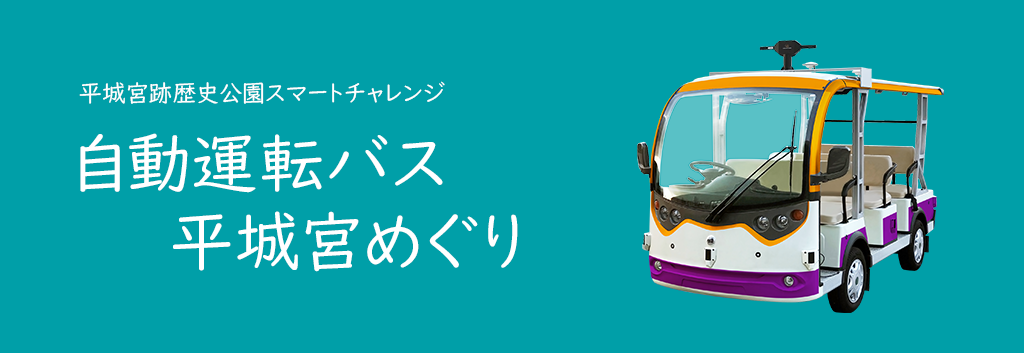
Contents of the social experiment
From November 2019 to March 2020, we provided visitors to the National Heijo Palace Historic Park with a low-speed electric bus equipped with PerceptIn 's autonomous driving system to experience and move around the park. The autonomous driving bus, traveling at a speed of 7-8km /h, passed through three stops within the park and made a circuit around the park in about 30 minutes according to the operating schedule. Anyone can ride the 8-passenger bus free of charge on a first-come, first-served basis, and we conducted a questionnaire after boarding. In order to ensure maximum safety, one safety driver is on board, and security personnel are assigned to the driving route. In addition, Sompo Japan Nipponkoa Insurance Co., Ltd., which provides "Level IV Discovery)/ Supporting Safe and Secure autonomous driving Service Demonstration", cooperated and conducted a risk assessment in advance according to the environment and conditions of the driving route. I was.
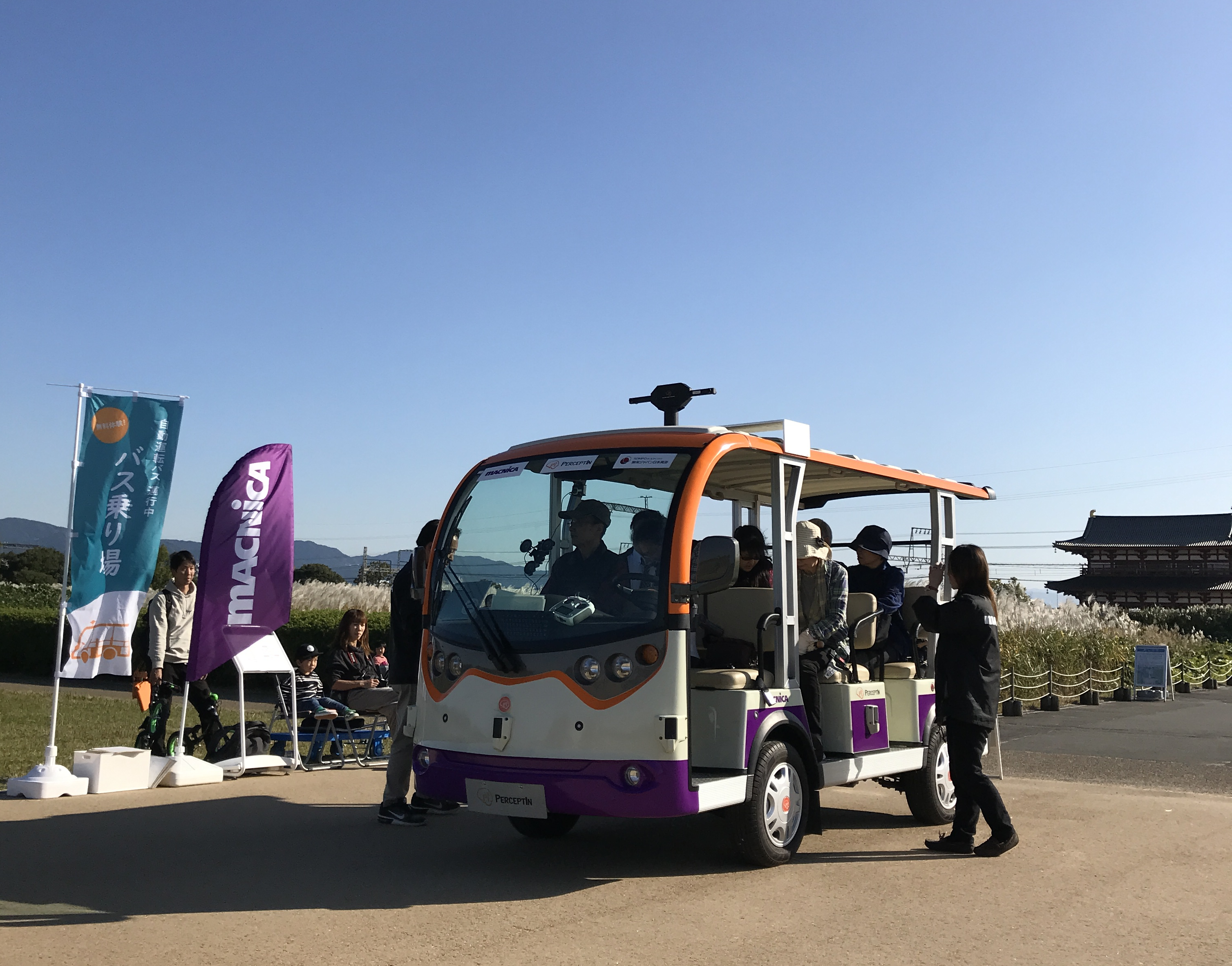
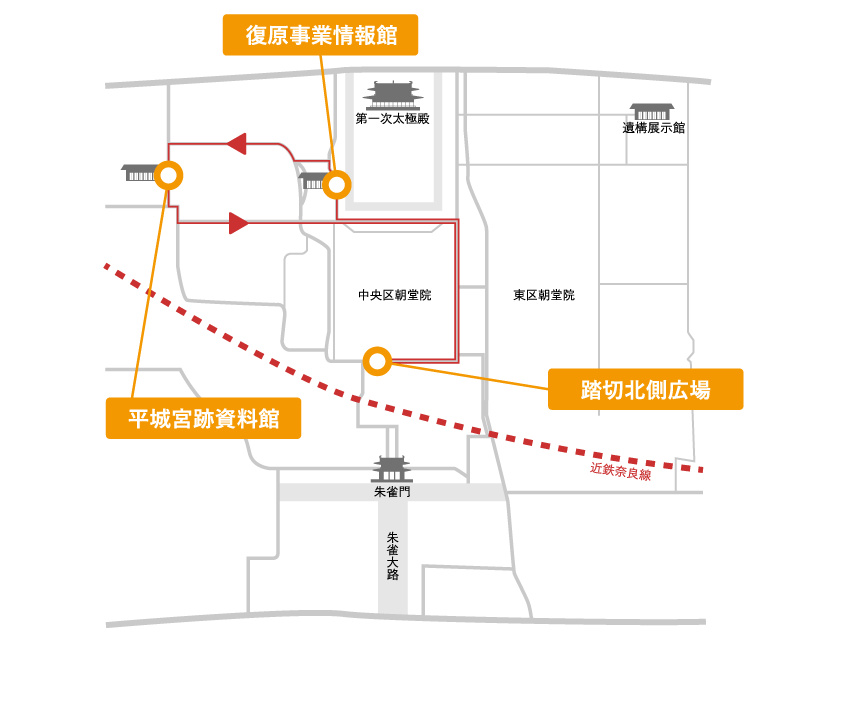
Social experiment results
This social experiment was held for a total of 13 days, and 626 park visitors boarded. Although the number of visitors to the park fluctuated depending on the season and the weather, there were days when the boarding rate exceeded 90%, and we recognized the demand for autonomous driving services in the park. In addition, more than 100 of the customers who got on board visited the park for the purpose of this social experiment, and I felt the expectation value for the utilization of new autonomous driving technology. According to the results of a questionnaire conducted after boarding, 97% of customers answered that they were either "extremely satisfied" or "somewhat satisfied" with regards to their level of satisfaction with the autonomous driving service, and 98% of customers answered that they expected the service to be realized as a park service. They answered "strongly agree" or "somewhat agree", and obtained very positive results. In addition, we received many impressions of "safety and security" due to the preliminary risk assessment and security measures during operation. On the other hand, there are also opinions such as "waiting time occurs" due to the small number of services, and "it is not possible to reach the destination in the shortest distance" due to the fixed loop route, and there are issues in developing a better service. clarified.
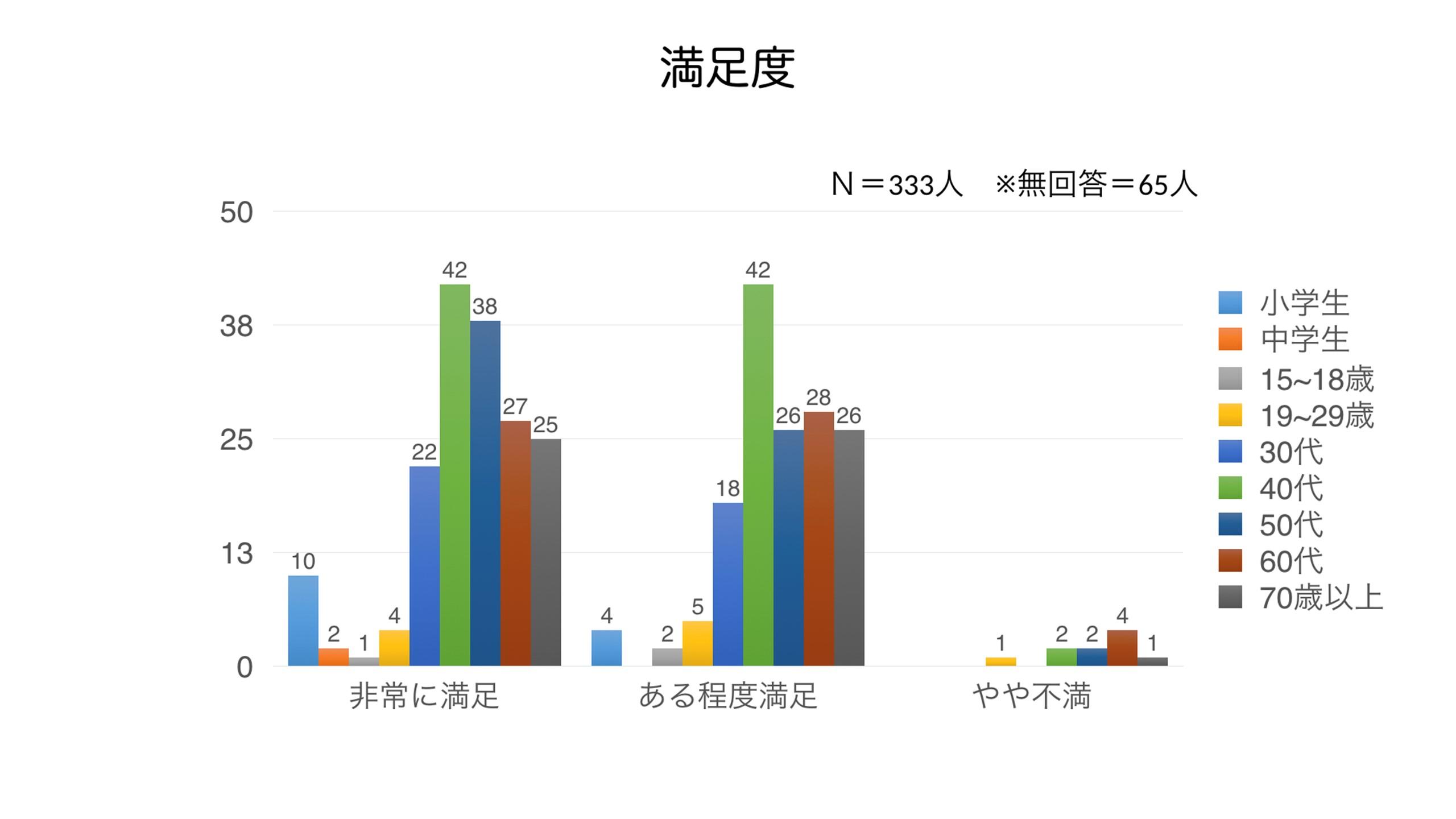
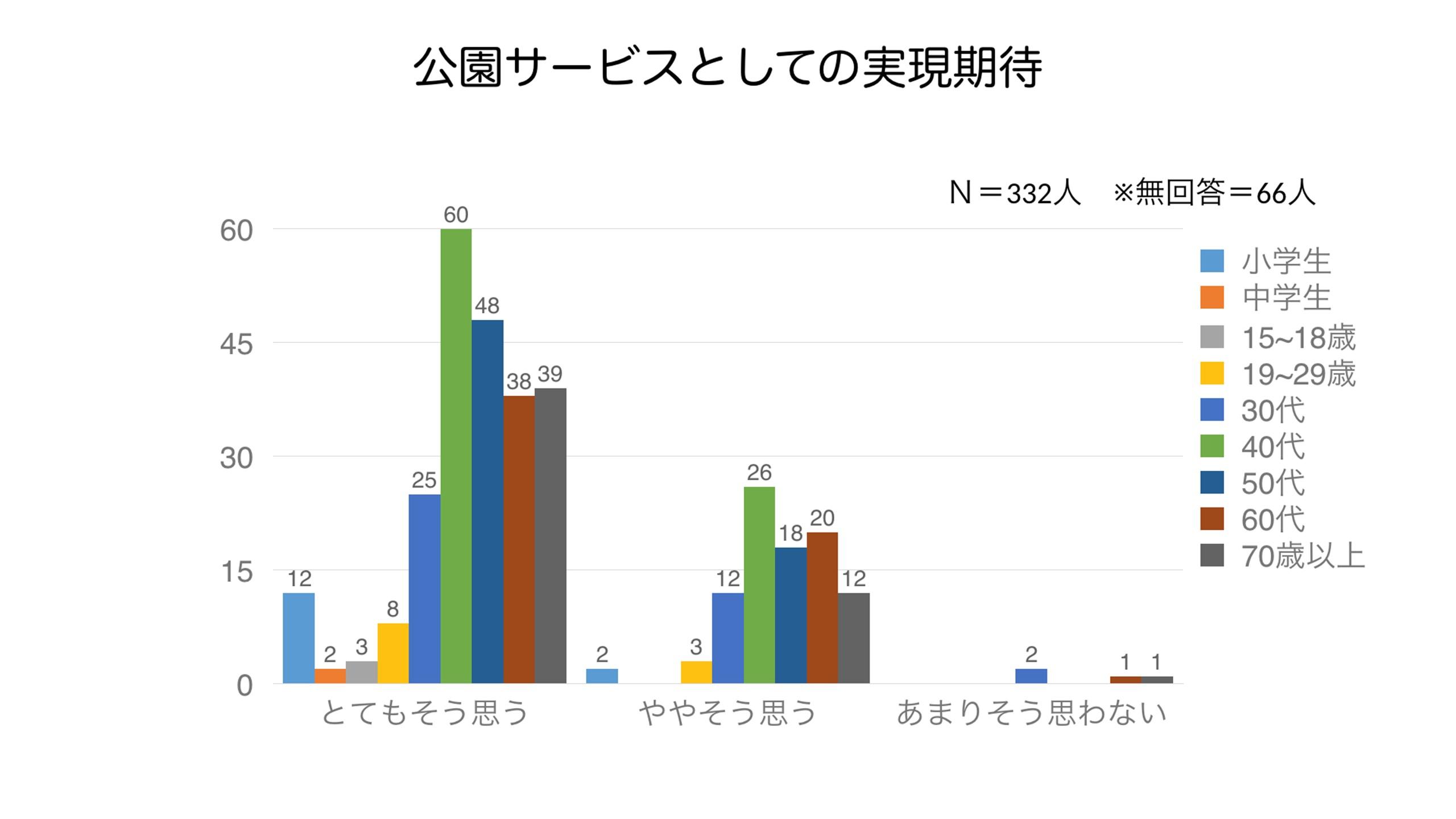
PerceptIn's autonomous driving technology
PerceptInis a computer vision technology startup founded in Silicon Valley in 2016. Currently, we have a development base in Shenzhen, China, and provide autonomous driving solutions for robots and low-speed vehicles. PerceptIn 's technology sets GPS routes on a pre-made digital map. General GPS used in car navigation systems has an error of several centimeters, but PerceptIn 's technology can reduce the error to several centimeters by using correction information from fixed base stations installed in the area. . In addition, the computer vision module achieves accurate self-position estimation and object recognition through deep learning using a proprietary technology (sensor fusion) that fuses GPS information, three-dimensional angular velocity and acceleration information from the IMU, and approximately 360-degree image information. To do. PerceptIn specializes in autonomous driving technology based on computer vision and sensor fusion such as GPS and IMU, and provides cost-effective solutions that are optimal for low-speed electric vehicles (LSEV).
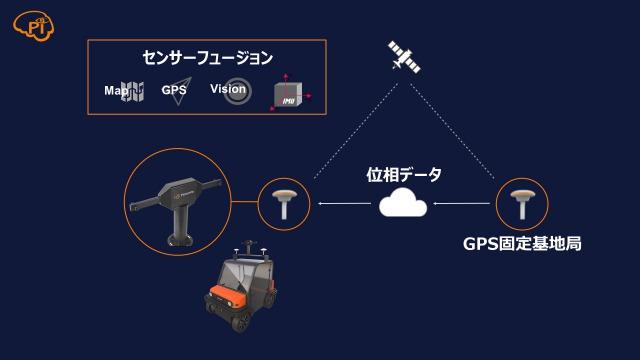
lastly
After verifying the results of this social experiment, we will consider the implementation details for the next fiscal year and beyond, and will continue to work toward the social implementation of autonomous driving services. Thank you in the future.
Please feel free to contact us if you have any questions or concerns regarding autonomous driving.
